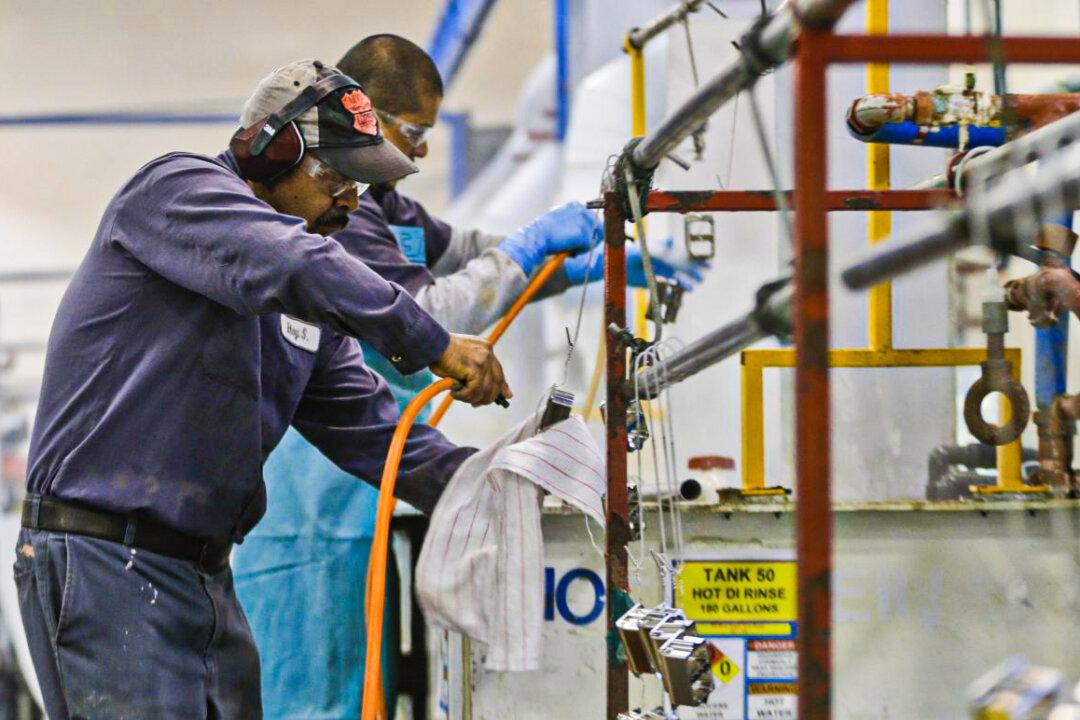Commentary
Even as a global pandemic is raging, American households, as a group, are the richest they have ever been—driven by increases in value in real estate and other non-financial assets, and despite a 7.5 percent decline in the value of financial assets since December 2019, according to Federal Reserve data.





